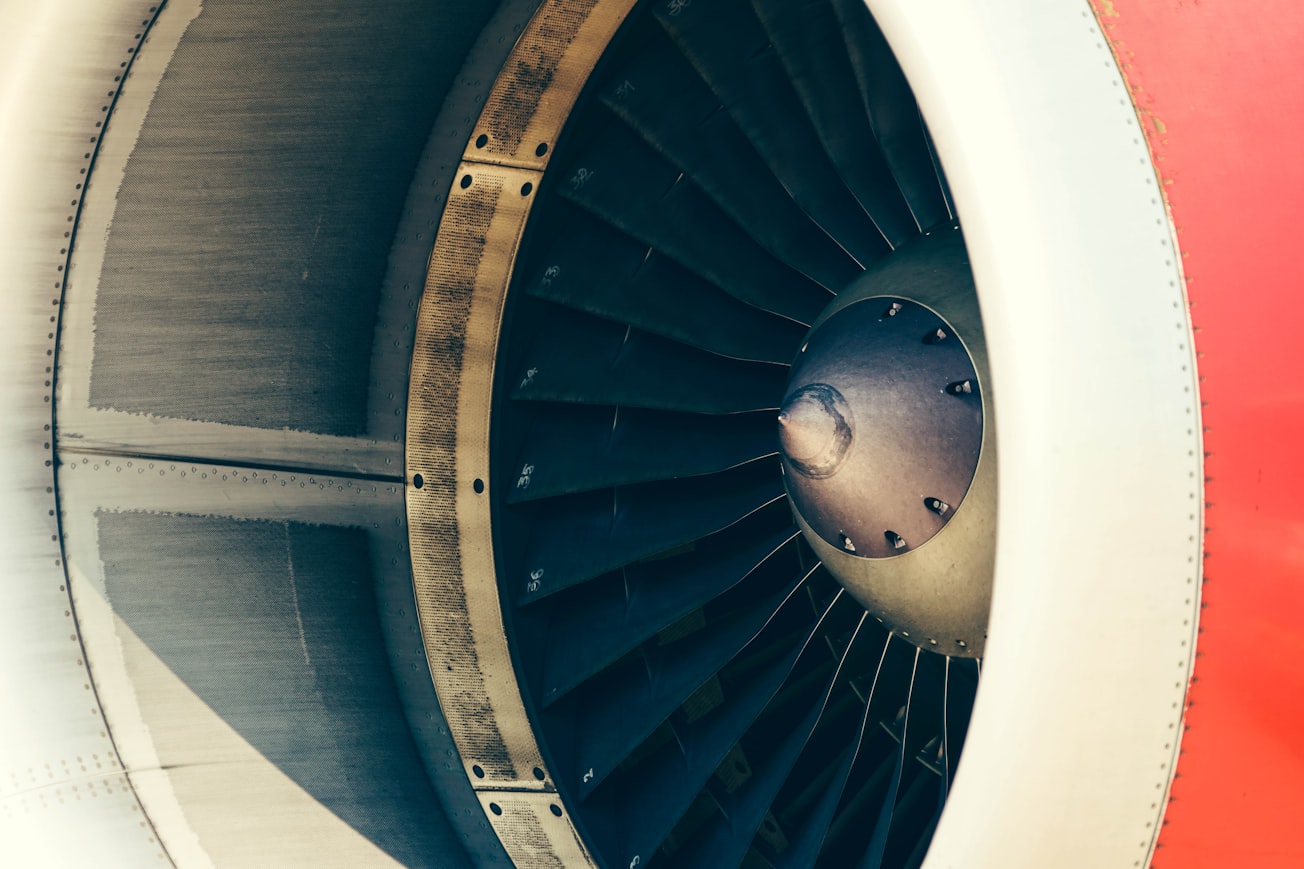What is it about?
Cooling systems are fundamental for enhancing gas turbine efficiency, since they allow to increase the cycle maximum temperature. The blades leading edge is particularly critical from this pint of view, since strong thermal and mechanical loads are combined with the rotational effects. This work experimentally investigates a complete cooling system for this region, based upon jet impingement combined with coolant extraction holes. The obtained results reveal that strong interactions occur between rotation and the different system features.
Featured Image

Photo by Inspirationfeed on Unsplash
Why is it important?
To investigate the cooling system, a novel implementation of the transient heat transfer technique has been developed, based on a preheating of the test article: this technique allows to apply the transient method in rotating conditions by replicating the correct sign of buoyancy forces. The obtained results reveal previously unrecorded interactions between the rotational effects and the different features of the cooling system, significantly altering the flow field and the heat transfer pattern.
Perspectives
Even if the scope of this work may appear limited to a very specific case, the methods developed in order to carry on the investigation can be profitably applied to any problem concering rotational effects on heat transfer.
Lorenzo Cocchi
Universita degli Studi di Firenze
Read the Original
This page is a summary of: Heat Transfer Measurements in Leading-Edge Cooling Geometry Under Rotating Conditions, Journal of Thermophysics and Heat Transfer, March 2019, American Institute of Aeronautics and Astronautics (AIAA),
DOI: 10.2514/1.t5618.
You can read the full text:
Contributors
The following have contributed to this page










